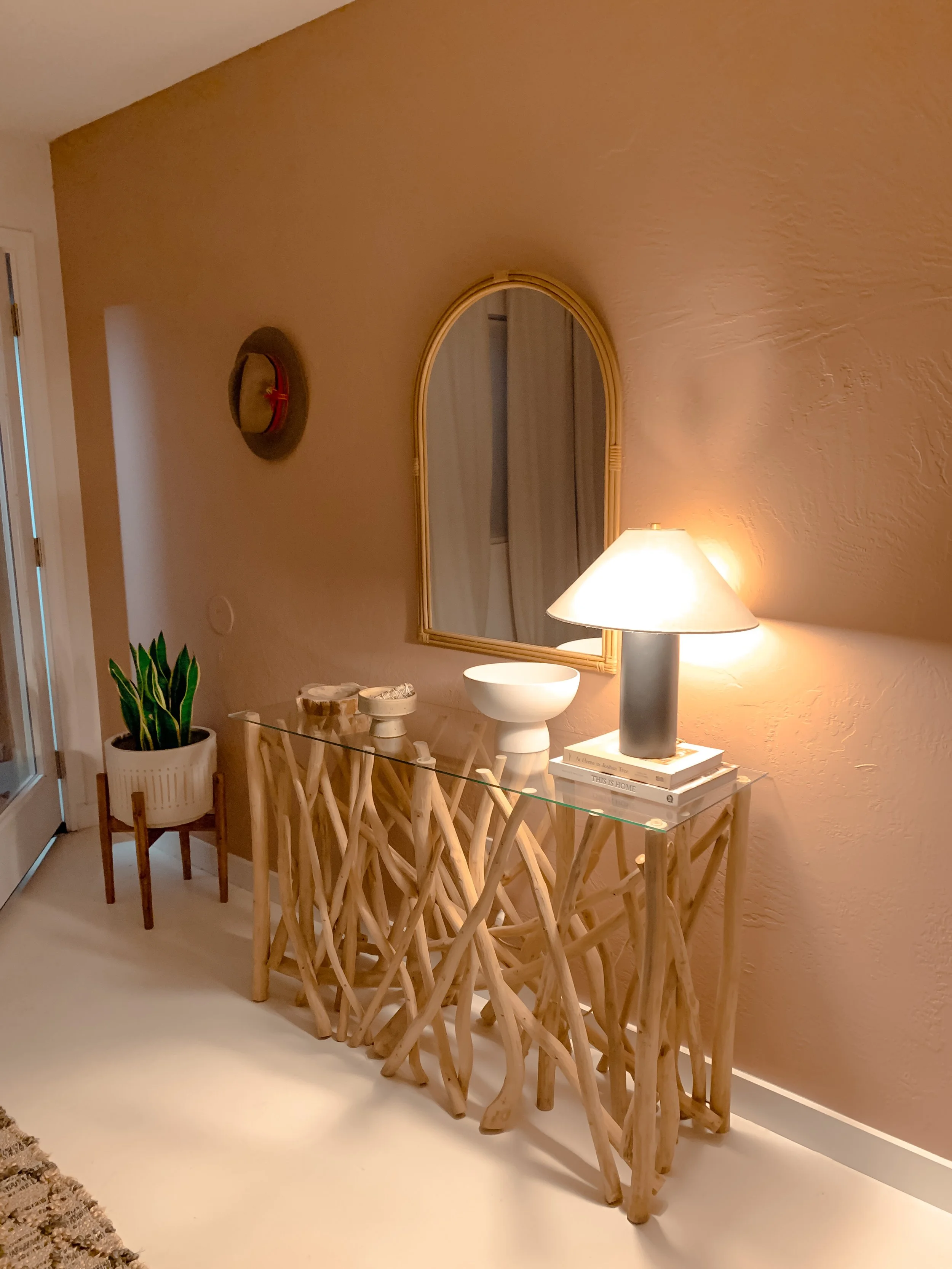@hellolovelyliving agrees that switching to smart bulbs is a quick way to reduce energy consumption in the home
It is an unavoidable fact that we all depend on a constant supply of energy to live successfully in this world. No one is exempt from their reliance on energy, which fuels our most basic needs. From our dependence on energy to power our homes and offices to our most basic needs of growing the food that we eat, our reliance on energy consumes every facet of life. Learning how to apply new behaviors to how we interact with our world and our energy consumption is at the forefront of effective environmental change.
With an ongoing push toward reducing our reliance upon environmentally degrading fossil fuels, companies are rising to meet the needs of their consumers. From eco-friendly appliances to insulating door and window treatments, smart power strips, and other energy-saving measures enable us to save on electricity costs while enabling us to do our part within our reach—our homes.
In this article, we will discuss a few cost-saving tips to consider when cutting down on your energy usage at home.
Keep an eye peeled on energy-draining devices and turn them off if not in use
Naturally, if your home appliances are switched on unnecessarily, there will be higher electricity consumption. To combat this, turning off air conditioners, fans, lights, and other devices and appliances when not in use or before leaving a room is advisable to save power and conserve energy.
To many, the energy they are consuming on their own may seem limited, but it all adds up to the overall household energy usage at a daily, monthly, and annual rate. Learning to apply simple habits that go a long way can make huge contributions to your energy-saving goals. Maintaining healthy energy usage behaviors can save you money in areas that you would have otherwise overlooked. Remember to practice these daily habits regularly until it becomes second nature to you.
Use curtains and window blinds to reduce energy usage
Keep the temperature in your home at a comfortable and temperate level so as not to overcompensate for cooling or heating the home when it is not necessary to do so. Thermal curtains and insulating blinds make it easier for you to keep the temperature in your home consistent and manageable throughout the seasons. Simply install them in just a few steps, and you are good to go. The best part is that these work well in both summer and winter climates.
For colder seasons, these window treatments reduce air filtration and keep cold air from entering and warm heat from escaping the room. In the summer, thermal curtains block out as much as 33% of solar radiation through thermally reflective backings. This solution is budget and eco-friendly, and with little to no maintenance, you will also effectively reduce your dependence on traditional heating (furnace) and cooling (air conditioner) costs as well.
Get your home insulation done properly
If you have ever taken a cold shower due to a downed water heater, you were unwittingly confronted with the cold hard truth that hot water is a necessity that many of us will not choose to ever live without. Being as it may, a water heater is one of those appliances that stay on 24-7, so off-setting the cost is something that we could all benefit from.
Typically, water heaters lose heat through their pipes, so insulating your hot water pipes will go a long way in improving efficiency and raising the hot water temperature by 2°F–4°F hotter than uninsulated pipes. This will allow you to reduce your hot water temperature setting and allows the water to be heated at a faster rate, thereby reducing unwanted water loss caused by over-running the water when it is warming up.
In addition, insulating your electric hot water tank with insulating blankets could reduce standby heat losses by 25%–45% and save you about 7%–16% in water heating costs—and should pay for itself in about a year. You can find pre-cut jackets or blankets available for around $20. The result—your water will retain heat more effectively, consequently saving energy.
If you live in a cold climate, you must upgrade the insulation by sealing cracks and windows that are continuously circulating air. This will ensure that cold air does not get in and warm air stays inside, reducing the output of your heater. The same goes in summer when you are trying to keep the cool air indoors while keeping the hot air outdoors.
Takeaways
Every small change counts toward reducing energy consumption and, most importantly, your electricity bills. The tips mentioned in this article are simple, yet so effective. All it takes is some forethought and implementation, and you will be enjoying the compounded cost savings throughout your home.
To take it a bit further, try these other energy and cost-saving practices:
Use smart bulbs instead of LED bulbs
Dim the lights to lessen wattage and output
Turn off stove burners promptly
Opt for smart plugs and schedule when they will turn on and off
Have appliances that are not regularly in use on standby












